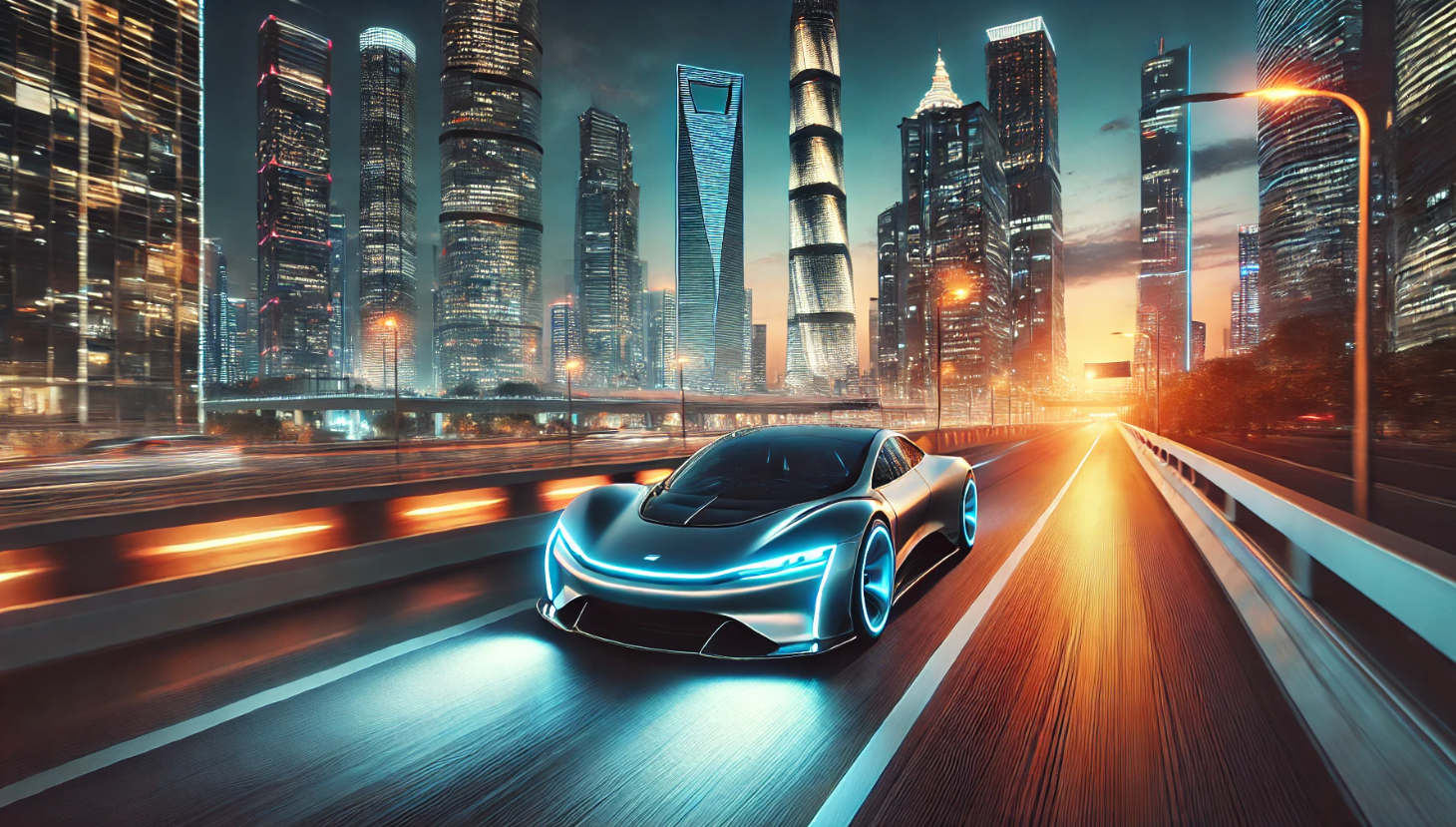Electric supercars are redefining the limits of speed, luxury, and environmental responsibility. Once considered futuristic, they now dominate headlines with cutting-edge technology and record-breaking performance. This article explores the rapid development of electric supercars, their impact on the automotive industry, and the challenges they face in the quest for mainstream acceptance.
The Rise of Electric Supercars
The journey began with Tesla’s Roadster in 2008, which proved that electric vehicles (EVs) could deliver exhilarating performance. Today, brands like Rimac, Lotus, and Pininfarina are pushing the boundaries further with models like the Rimac Nevera and Lotus Evija. These cars offer unparalleled acceleration, often exceeding that of their combustion-engine counterparts, and are rapidly gaining attention from enthusiasts and eco-conscious consumers alike.
The Technology Behind the Revolution
- Battery Innovation:
Modern electric supercars feature advanced lithium-ion or solid-state batteries that deliver exceptional energy density. The Rimac Nevera, for instance, boasts a 120 kWh battery pack capable of producing over 1,900 horsepower. - Aerodynamic Design:
Electric supercars utilize lightweight materials like carbon fiber to enhance speed and efficiency. The absence of a traditional engine also allows designers to innovate with sleeker, more aerodynamic shapes. - Software Integration:
Cutting-edge software controls aspects like torque vectoring and adaptive suspension. These systems provide unmatched precision and allow electric supercars to adapt dynamically to different road conditions.
Environmental and Economic Impact
Electric supercars are significantly reducing the carbon footprint of high-performance vehicles. With zero tailpipe emissions, they appeal to a generation increasingly concerned about climate change. Furthermore, their popularity is stimulating investment in EV infrastructure, such as fast-charging networks and battery recycling technologies.
However, the environmental benefits are tempered by challenges like the environmental costs of battery production and the reliance on rare earth materials. Companies are addressing these concerns through research into sustainable mining practices and recyclable batteries.
Challenges and Limitations
Despite their promise, electric supercars face hurdles:
- Range Anxiety: While impressive, their range can diminish rapidly during high-performance driving.
- Charging Time: Even with fast chargers, recharging is slower than refueling traditional cars.
- Cost: High development costs translate to steep prices, limiting accessibility to elite buyers.
The Future of Electric Supercars
The future looks bright, with emerging technologies promising to overcome existing challenges. Solid-state batteries, for example, are expected to deliver faster charging and longer ranges. Autonomous driving features, combined with performance capabilities, may redefine what it means to own and drive a supercar.
Moreover, as costs decline and charging networks expand, electric supercars may influence broader EV adoption, bringing high-performance sustainability into the mainstream.
Conclusion
Electric supercars are more than a trend; they represent a transformative shift in automotive engineering. Combining jaw-dropping performance with environmental consciousness, they herald a new era where luxury and sustainability coexist. While challenges remain, the innovation driving their development ensures a thrilling road ahead for manufacturers and enthusiasts alike.


